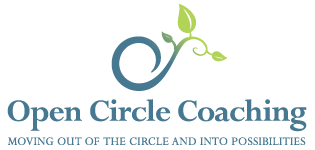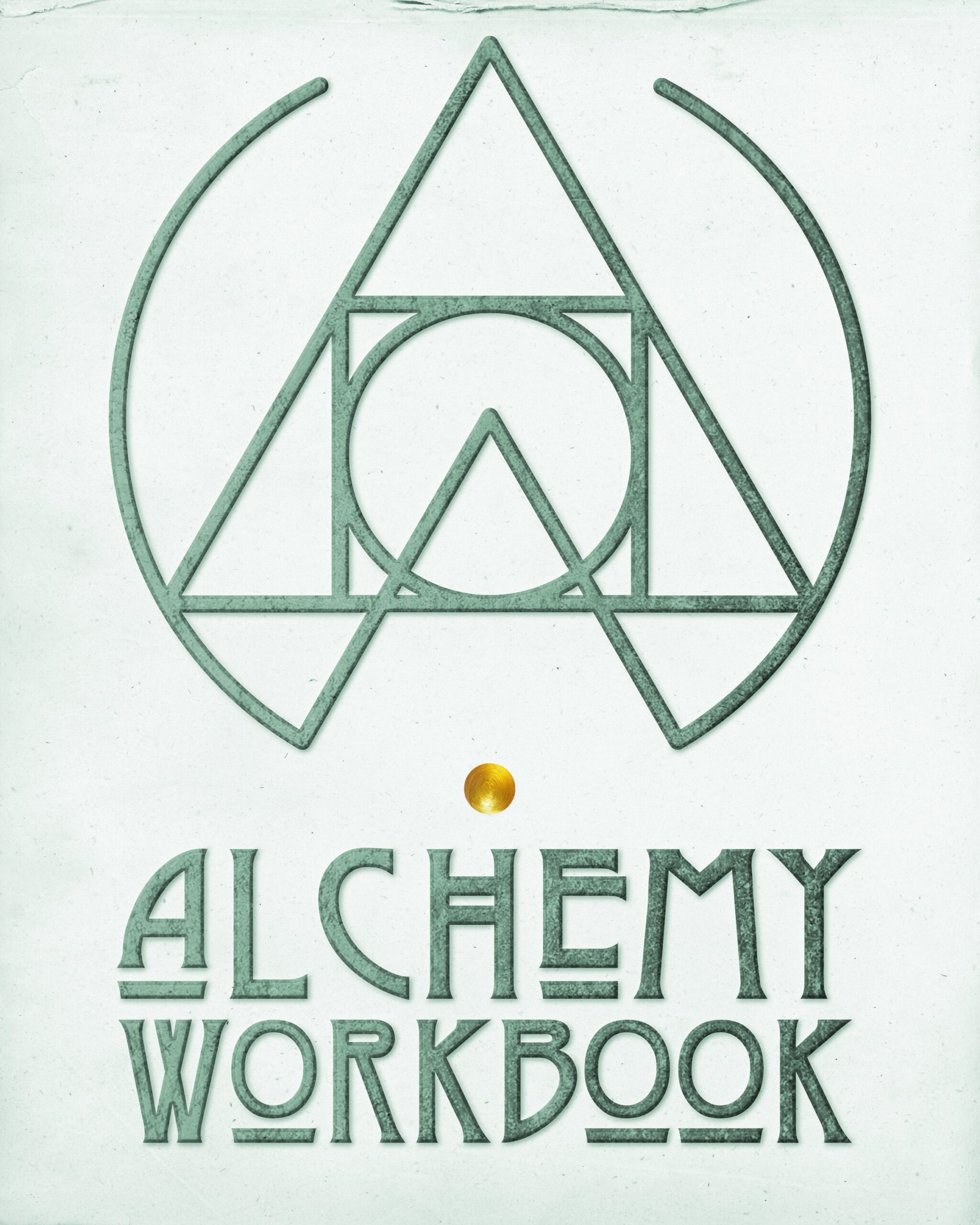The Two Key Ingredients for Your Best Performance: Simplicity and Certainty
July 31st, 2012 by Kelly Kienzle


We are constantly called upon to give our very best performance. We face questions such as: How will I give my very best interview? How will I deliver my very best marketing pitch? How will I swim my very fastest time?
I would offer just two guidelines, borrowed from the US Olympic Men’s Swimming coach: Simplicity and Certainty. If we use Simplicity to define our goal, then we are clear on what we want to achieve (and not distracted by what we don’t need to achieve). If we can create Certainty in ourselves, then our self-confidence will give us the boost to work hard and reach achievement.
Here’s how you can do this:
- Create a Simplicity Statement of what you want to achieve.
- Create a second statement of how you are qualified to achieve it. This will be your Certainty Statement.
- Revise the Statements to make them as short and clear as possible. If your brain gets noisy with other secondary goals, qualifiers, and conditions, turn down the volume. Focus on the most essential element of your goal and what qualifies you to achieve it.
- Post them prominently where you’ll see them. (I have a bulletin board above my desk almost exclusively for this purpose.)
- Extra Credit: Find an image that reflects this goal. Tack that next to your Statements.
Let’s walk through the process together using the example of giving your very best interview. You might say your Simplicity Statement is “Get a job.” But drill down deeper to what you absolutely most want. Do you want just any job? No. Are you qualified for (and thus Certain that you’ll get) any job? Again, no. You are going into this job interview because there is something about it that excites you. What is it? You think that you could be well-qualified for this job. Why? (And if you can’t answer these questions, then take the signal and go back to the job board.)
If you value recognition, then maybe your Simplicity Statement is: “I want a job where I’ll feel valued.” Now you’re ready for Step 2. Building off your Simplicity Statement, maybe your Certainty Statement is: “I am good at making others feel valued.” There’s some good clay to work with! Now you know that you’re going into this interview to ask questions about how they reward their employees, how they deliver recognition, what is the review process like, etc. (Side note: You can also use your Simplicity Statement as a filter for other job opportunities. Nothing on the employer’s site about valuing employees? Then, keep clicking…)
Using your Certainty Statement, you can talk with confidence to the interviewer about what you can bring. And when interviewers hear confidence, they perk up their ears. So you focus on your Certainty Statement: “I am often cited for being a strong team player. Let me give you an example of that…” or “I believe in making others feel valued, so that we can all perform our best. Here’s how I live that value…”
The more complex the issue seems (and complex issues always call for our best performance), then the more beneficial it will be to distill the goal down to a Simplicity Statement and a Certainty Statement. You can also follow these steps when you prepare for your next marketing call or critical meeting. And, for just a very few of you, you can use it tomorrow when you get in the pool at the Olympics in London….
If you would like support on defining and following your Statements, please let me know. If you would like to improve your swim speed, please contact Gregg Troy.
“If you can’t explain it to a 6-year old, then you don’t understand it yourself.”
– Albert Einstein





